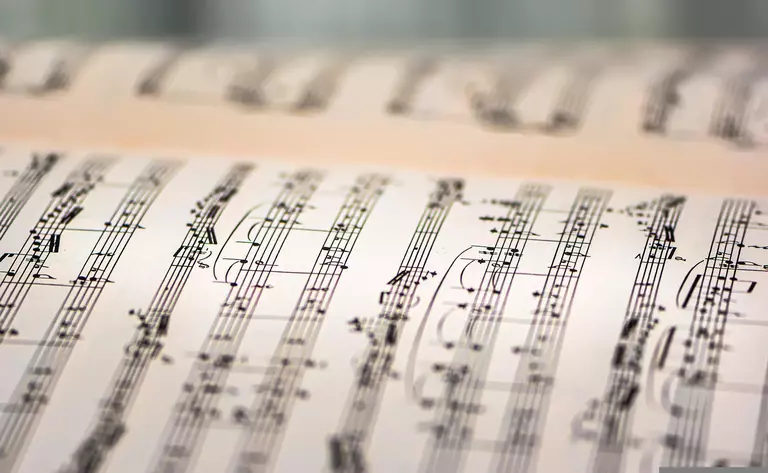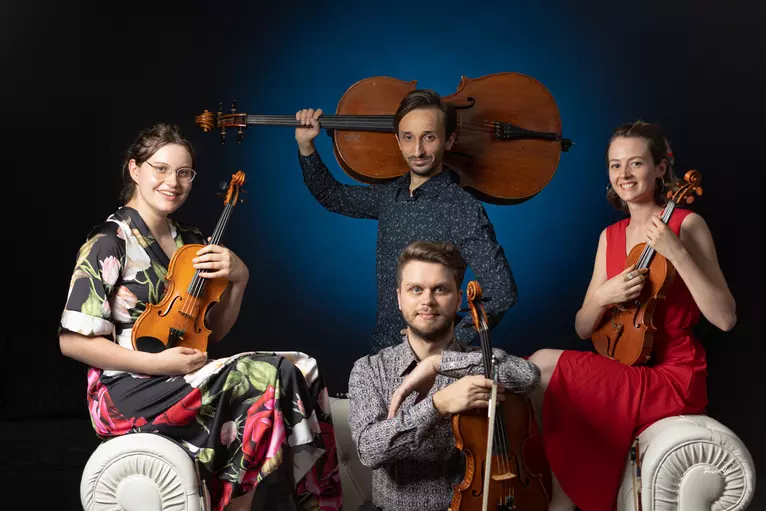History of the string quartet 1
A string quartet is a musical ensemble of four string instruments - consisting of two violins, a viola and a cello. The quartet became popular in the early classical period and was used by composers to exploit the varying tonal colours of the string instruments. The quartet is a musical example of how a partnership of four separate elements can coexist in a mutually satisfying way. In the next 4 posts on our blog, we will briefly introduce you to the history of the string quartet and introduce you to the most important works composed for this ensemble.

The name string quartet (Streichquartett, quattuor à cordes, quartetto d'archi) became established in the XIX century. Before, except quartetto or quattuor, they used to be called: divertimento, sonata a quatro, quartetti concertanti. Indeed, between the first string quartets and concertos, symphonies and divertimentos there was an undoubted link. Symphonies and concertos were often written for 2 violins, viola and basso continuo, what we can see by works by G. B. Sammartini or G. Tartini. For this reason, these forms mixed with each other.
The turning point in their development was the elimination of the basso continuo, which was decisively done by L. Boccherini. But certain patterns persisted for quite a long time, as they can still be found in Mozart's early quartets.
We can notice a similar change in piano trios which first were sonatas for piano and violin and earlier piano sonatas. The role of cello or Viola is often reduced to basso continuo e.g. in Haydn. The categorical change was of course introduced by Beethoven.
The influence of divertimento and trio sonata
First quartets of Haydn (Op. 1 and Op. 3) still show remains of basso continuo. The connection with a solo and trio sonata is there undoubtedly, which is indicated by exposition of the main melody by one or by two violins, which is a residue of trio texture. Besides, there was an undoubted connection with light suite forms. Haydn's first quartets are in five movements with double use of minuet, as in the serenade (e.g. Quartet in B flat major Hob. III 1-Presto, Menuetto, Adagio, Menuetto, Presto). The greater number of constituent parts of the cycle was not without influence on their internal structure.
The turning point in Haydn's development of the quartet is Op. 20. These are polyphonic quartets. One of them, Quartet in C major, Op. 20 No. 2 (Hob. III 32) (Ex. 2), has a four-theme fugue as its finale. Although it is related to the gigue, it is shaped in such a way that in the final stage of its course, the theme in smaller rhythmic values gains the upper hand, which enhances the concluding character of this part.
The significance of Haydn's polyphonic quartets lies primarily in the creation of a texture with equal importance of all instruments. The greatest difficulty in interpreting works for string quartet is the texture, that is the way of operating this small ensemble.
The instruments that most clearly reflect stylistic changes in the development of chamber music are the cello and viola. The tradition of these instruments ties them to the basso continuo, i.e. to the harmonic basis. This was the role they still played in Haydn's first quartets. The viola rather gravitated downwards, doubling the part of the cello. In Haydn's mature quartets the situation changes completely, as the cello often exposes the main themes even in the slow movements, which indicates its particular melodic activity. In these works, the viola gains more independent importance, taking over the role of the thematic instrument. Due to the melodic activity of the cello, a dialogue sometimes develops between it and the first violin. In this situation the viola and second violin are limited to accompaniment.

